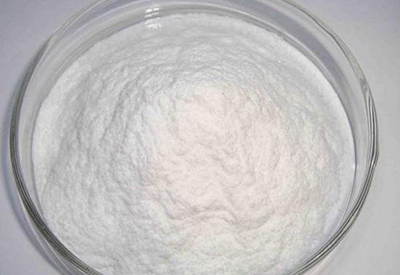Where did tirofiban come from?
Tirofiban, a potent medication acclaimed for its efficacy in preventing clot formation in cardiovascular patients, has captured the attention of medical professionals and patients alike. But what lies behind its genesis?
Tirofiban didn't emerge overnight; its inception stems from a profound understanding of platelet function and thrombosis. In the late 1980s, researchers unearthed a pivotal revelation—the glycoprotein IIb/IIIa receptor on platelets, a key player in clot formation.
This discovery ignited a fervent pursuit within the pharmaceutical realm to engineer a compound capable of inhibiting this crucial receptor. Years of meticulous research culminated in the development of
tirofiban, a breakthrough medication heralded for its ability to thwart excessive platelet aggregation.
Since its introduction, tirofiban has reshaped the landscape of cardiovascular medicine. Its formidable antiplatelet properties have rendered it indispensable in the management of acute coronary syndromes and thrombotic disorders, significantly reducing the incidence of adverse cardiovascular events.

Tirofiban's profound impact transcends clinical outcomes—it instills hope in patients grappling with cardiovascular ailments. With each dose administered, tirofiban symbolizes a beacon of optimism, offering a lifeline to individuals navigating the complexities of cardiovascular disease.
